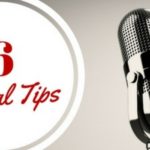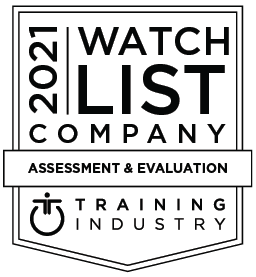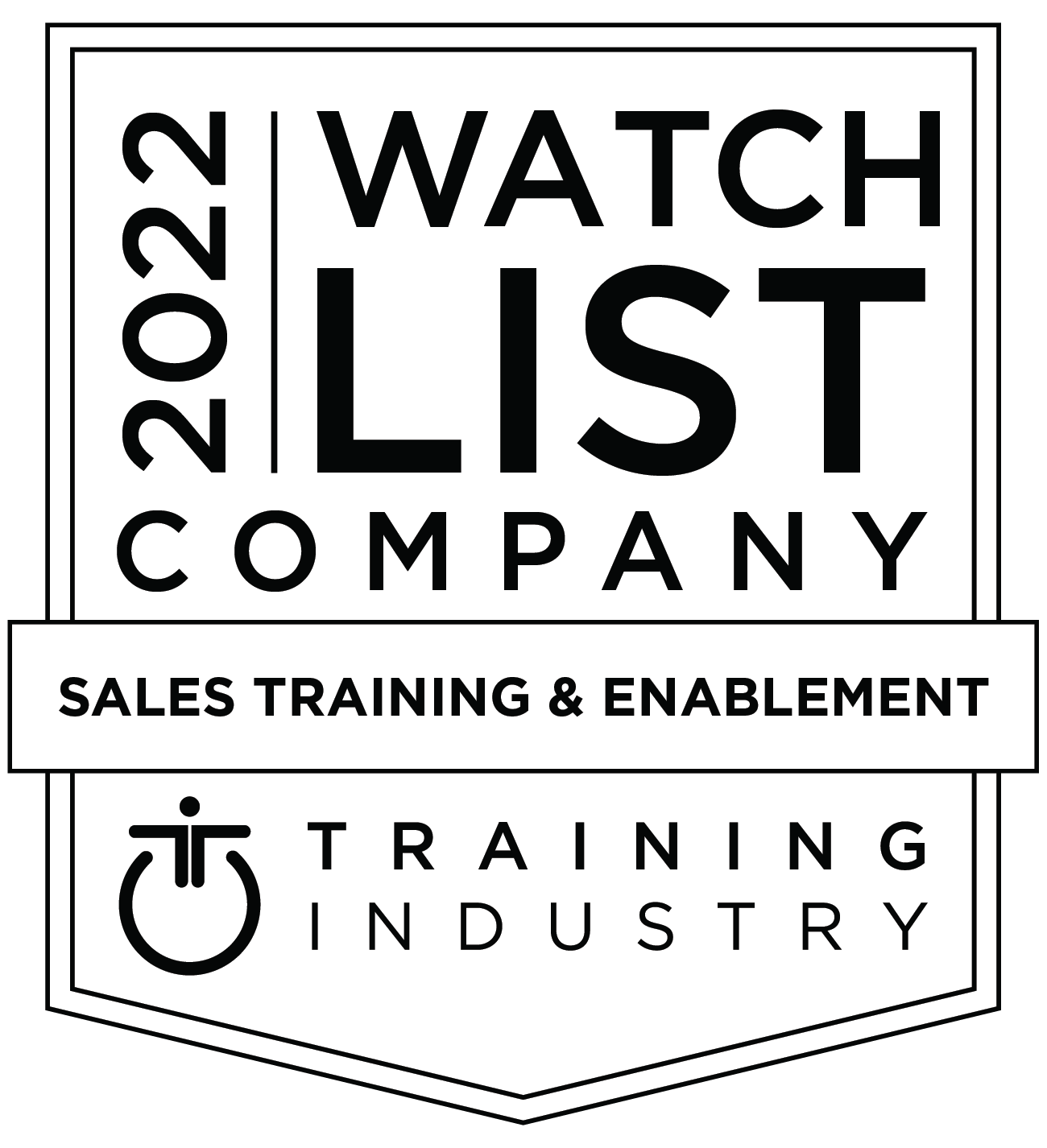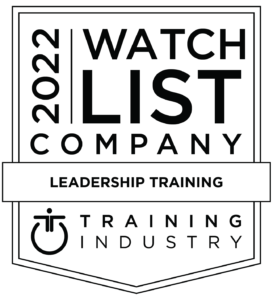I’ve been a speaking coach for 32 years. During that time, I’ve helped all kinds of professionals—new hires, salespeople, engineers, managers, scientists, lawyers, and c-suite executives—in nearly every stage of their careers learn how to more powerfully communicate.
Along the way, I’ve learned a few things that you may find helpful as you strive to make your own ideas heard and to improve how you communicate with others—whether it’s making a sales presentation, updating stakeholders on the status of a project, or presenting to the Board of a Fortune 100 company.
Here are a few tips to help you on your journey.
Apply the KISS (Keep It Simple Speaker) Principle. Rarely do complex organizational schemes, convoluted PowerPoint slides, or poorly organized and sequenced presentations win. Rather, they make people tune out.
Presentations that are clear and concise are more likely to be well received and remembered—and more likely to influence others. How do you keep it simple?
Ruthlessly differentiate must-know information from nice-to-know information. Plan to present must-know info.
That said, be prepared with extra slides or handouts that include nice-to-know info and detail, in case someone wants to see it. Just don’t force-feed it up front.
Be conversational. The best presentations are delivered conversationally. What do I mean by that?
Never read directly from your slides or from a teleprompter (extremely boring!). Reciting a memorized script isn’t any better.
Instead, use conversational language and naturally animated body movements to talk about the major points in your presentation in their proper sequence. Think of it as akin to sitting in your living room having a lively conversation with friends.
If you’re giving a stand-up presentation, use the Look-Move-Plant method I wrote about in a previous blog. Maintain good eye contact with your audience and exude passion for your ideas. You get the idea!
Make it about your audience. Plan your presentation with your audience in mind. Ask yourself first, “What are their needs?” Consider the answers to these questions:
- What is their knowledge level about the topic? Your answer to this question will determine what technical language, acronyms, or abbreviations you can use.
- What is their attitude toward the topic? Is it positive, negative or mixed? Based on your analysis you might want to adjust how you state things. And if you can anticipate objections, you might want to address them up front.
- Is there anything going on in their psychological environment that might affect them? Positive news, negative news, outside world events—these are all things that might be on their minds. Decide if you need to acknowledge some event, or ignore it, based on how you think your audience is feeling about it.
- Finally, are there any cultural considerations you must take into account? When speaking in a culture other than your own, take care not to use idiomatic expressions or make references to things in your own culture that may not be known outside of it. Find out if there are things about which you might need to be more sensitive.
In other words, always think about your audience first. It will drive both what you say and how you say it.
Be more energetic. Most speakers use too little energy when in front of an audience. Here are the 3 most common energy-related problems speakers have:
- They don’t move around enough. Here’s a tip: You can move up to 50% of the time. Just don’t pace!
- They don’t gesture enough or they’re too restrained. Have you ever seen a speaker whose arms were stiffly locked to their sides? It looks unnatural (and uncomfortable).
- They speak with a weak voice—not just their volume, but also inflection.
If you want to engage your audience and keep them focused, it’s critical to be energetic (but never silly or theatrical). If your energy is too low, you’ll start to see your audience looking at their phones or computers or otherwise tuning out.
Finally, there’s an added benefit to amping up your energy when you deliver a presentation—you’ll burn up more of your nervous energy, which will help you relax and feel more confident.
Practice, practice and practice some more. Athletes know that you play the game as you practiced. But practice isn’t sitting at your computer staring at your slides and mentally walking through the presentation.
Instead, you need to rehearse your presentation or speech as you plan to deliver it—whether that means standing up in a small conference room or getting on a large stage to practice.
The purpose of practice is not to memorize your presentation but rather to become very familiar with it—with its flow, its sequence, and with key phrases and points you want to make.
And don’t forget to practice how you’ll “work” the room using movement and gestures.
Get help—you need it!Ernest Hemingway and Mark Twain both had an editor, someone who would look over their work and give helpful suggestions on how to improve it.
These editors provided another perspective and ultimately made the work better with their observations. Find someone who will listen to your presentation, who can give you helpful suggestions on the flow of the content and how you’re delivering it.
And consider taking one of Mandel’s Communications Training Workshops if you haven’t already. This kind of learn-by-doing training and expert feedback can quickly move your skill set forward and make you the kind of speaker people want to listen to.










